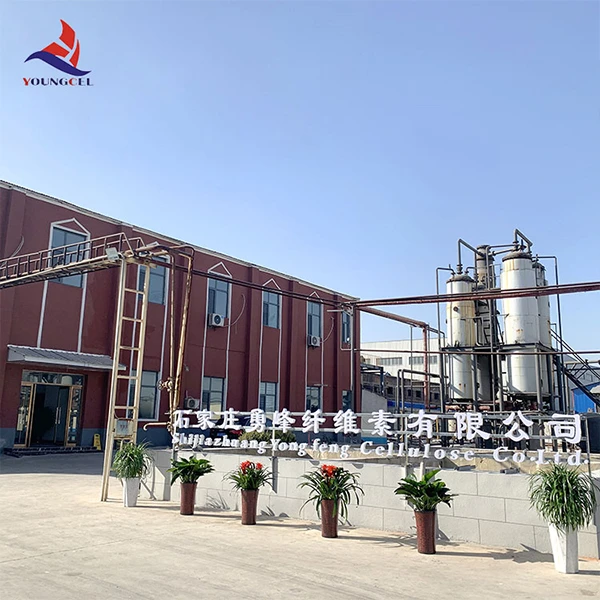HPMC in Construction Chemicals A Comprehensive Overview
Hydroxypropyl Methylcellulose (HPMC) is a versatile cellulose ether that has gained significant traction in the construction industry due to its remarkable properties and functionalities. As a key ingredient in various construction chemicals, HPMC plays an essential role in enhancing the performance characteristics of materials used in building and construction applications. This article delves into the many advantages of HPMC, its applications in construction chemicals, and its impact on the overall quality of construction projects.
What is HPMC?
HPMC is a non-ionic, water-soluble polymer derived from cellulose. It is produced by the etherification of cellulose using propylene oxide and methyl chloride, resulting in a product with diverse chemical properties. HPMC is highly prized for its rheological control, water retention, and film-forming abilities, which are crucial in formulating construction chemicals.
Benefits of HPMC in Construction Chemicals
1. Improved Workability One of the main advantages of incorporating HPMC into construction materials is its ability to enhance workability. In applications such as cement-based mortars, tile adhesives, and plasters, HPMC helps maintain a smooth and uniform consistency, making it easier for workers to apply these materials. This improved workability not only speeds up the construction process but also ensures a higher finish quality.
2. Water Retention HPMC’s excellent water-retaining properties are invaluable in preventing the premature drying of cement-based products. When added to formulations, HPMC helps retain moisture during the curing period, allowing proper hydration of cement and ensuring optimal strength development. This property is especially crucial in hot and dry environments, where rapid evaporation can compromise the integrity of the materials.
3. Adhesion and Bonding HPMC enhances the adhesion properties of construction materials. Whether used in tile adhesives, wall putties, or other bonding agents, HPMC promotes better adherence to various substrates. This leads to improved durability and longevity of the bonded materials, reducing the likelihood of delamination or other failures over time.
construction chemical hpmc

4. Reduced Shrinkage and Cracking The use of HPMC can also help mitigate issues related to shrinkage and cracking in cementitious materials. By providing a more controlled moisture environment, HPMC minimizes the risk of cracks forming during the drying and curing phases, which is crucial for maintaining the structural integrity of the construction projects.
5. Versatility HPMC can be tailored to meet specific performance requirements by adjusting its molecular weight and substitution levels. This versatility allows formulators to create customized products that cater to various applications, including plastering compounds, grouts, and insulation materials.
Applications of HPMC in Construction
HPMC is used across a wide range of construction chemicals, including
- Cement-based mortars and plasters HPMC improves application ease, adhesion, and water retention. - Tile adhesives It enhances performance characteristics critical for effective bonding. - Self-leveling compounds HPMC aids in achieving uniform thickness and flow properties. - Grouts It ensures better consistency and properties for effective gap filling.
Conclusion
In summary, Hydroxypropyl Methylcellulose (HPMC) has established itself as a vital component in the realm of construction chemicals. Its numerous benefits, including improved workability, enhanced water retention, better adhesion, and reduced cracking, make it indispensable for a wide variety of construction applications. As the construction industry continues to evolve, the importance of HPMC in developing high-performance materials that meet modern engineering standards cannot be overstated. The ongoing research and development in this field promise to unlock even more innovative applications for HPMC, further solidifying its role as a cornerstone in construction chemistry.
-
The Application and Significance of Construction RdpNewsMay.19,2025
-
Industrial Grade HpmcNewsMay.19,2025
-
Building Coating Adhesive Building Coating Adhesive HpmcNewsMay.19,2025
-
Application Of Hpmc For Detergent For Detergent In DetergentsNewsMay.19,2025
-
Application Of Hpmc Cellulose In Cement-Based MaterialsNewsMay.19,2025
-
Application Of High Quality Hpmc For Construction In The Field Of ConstructionNewsMay.19,2025




